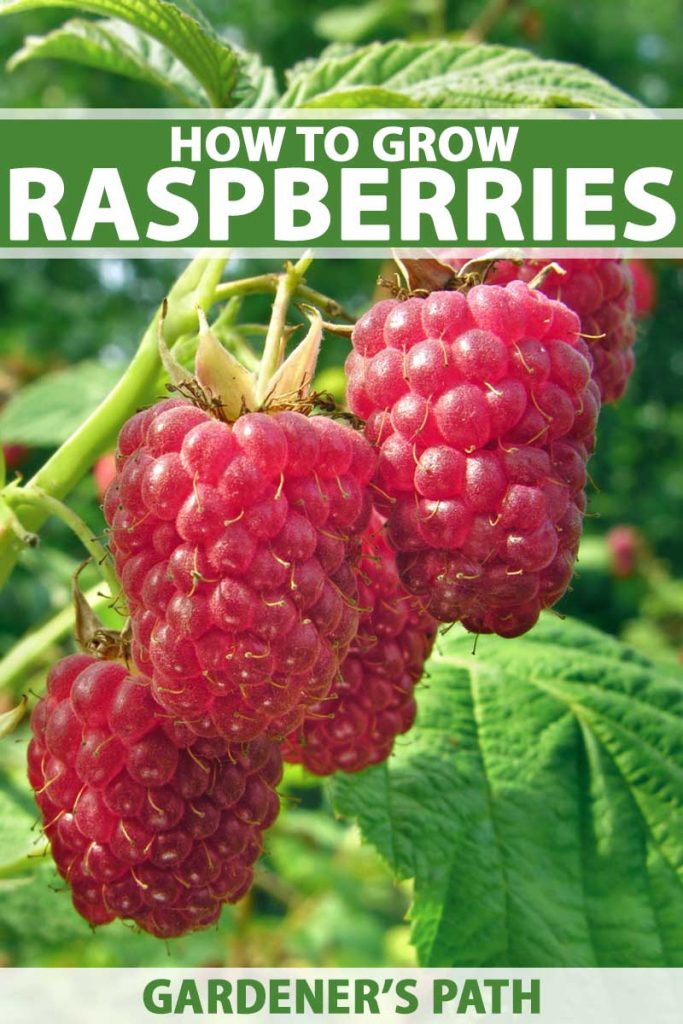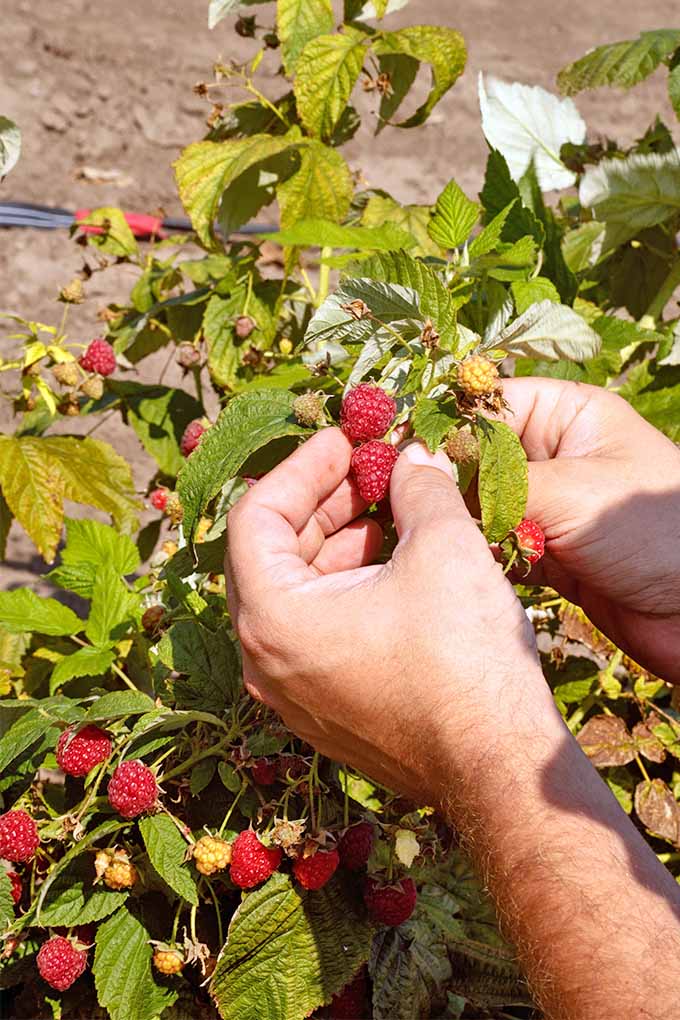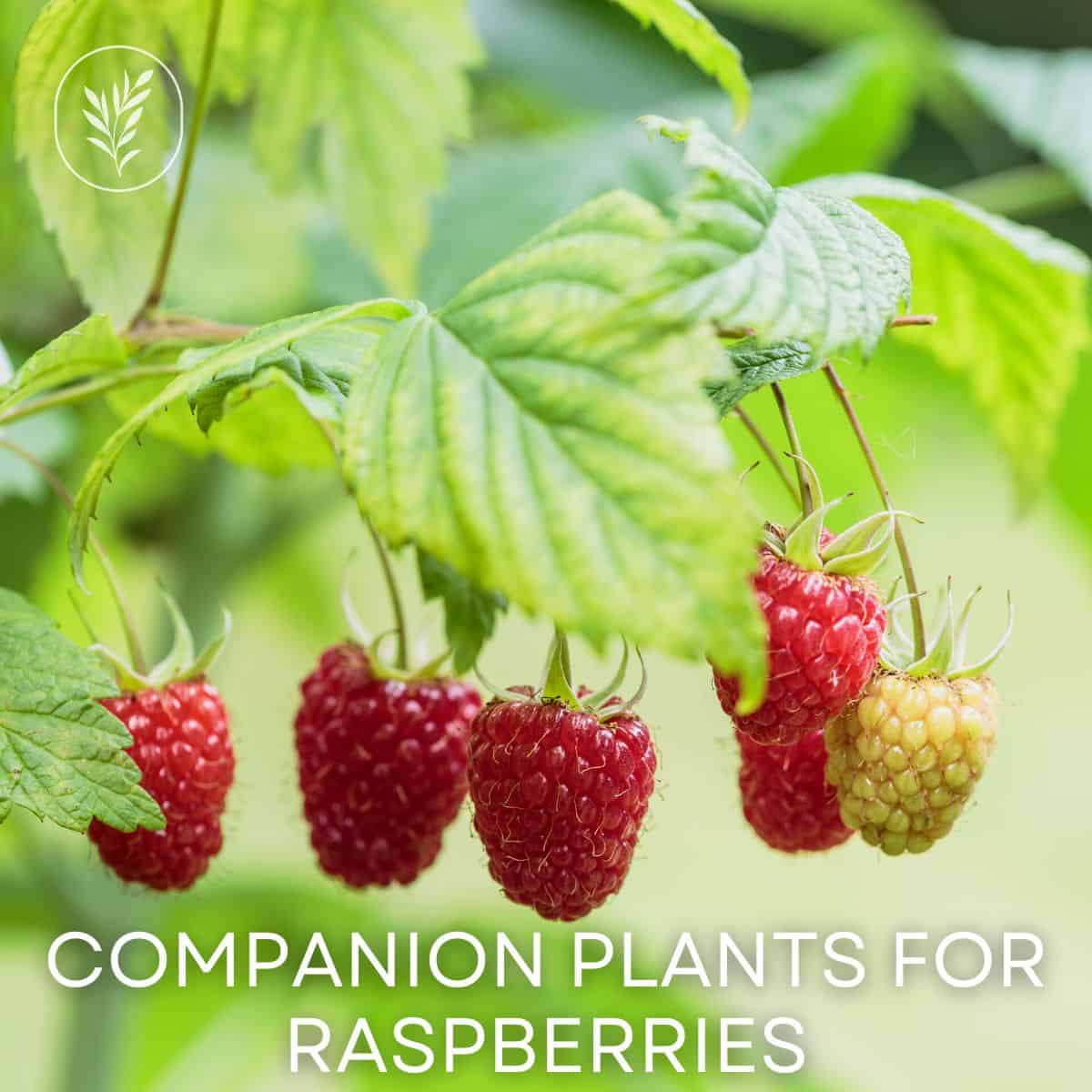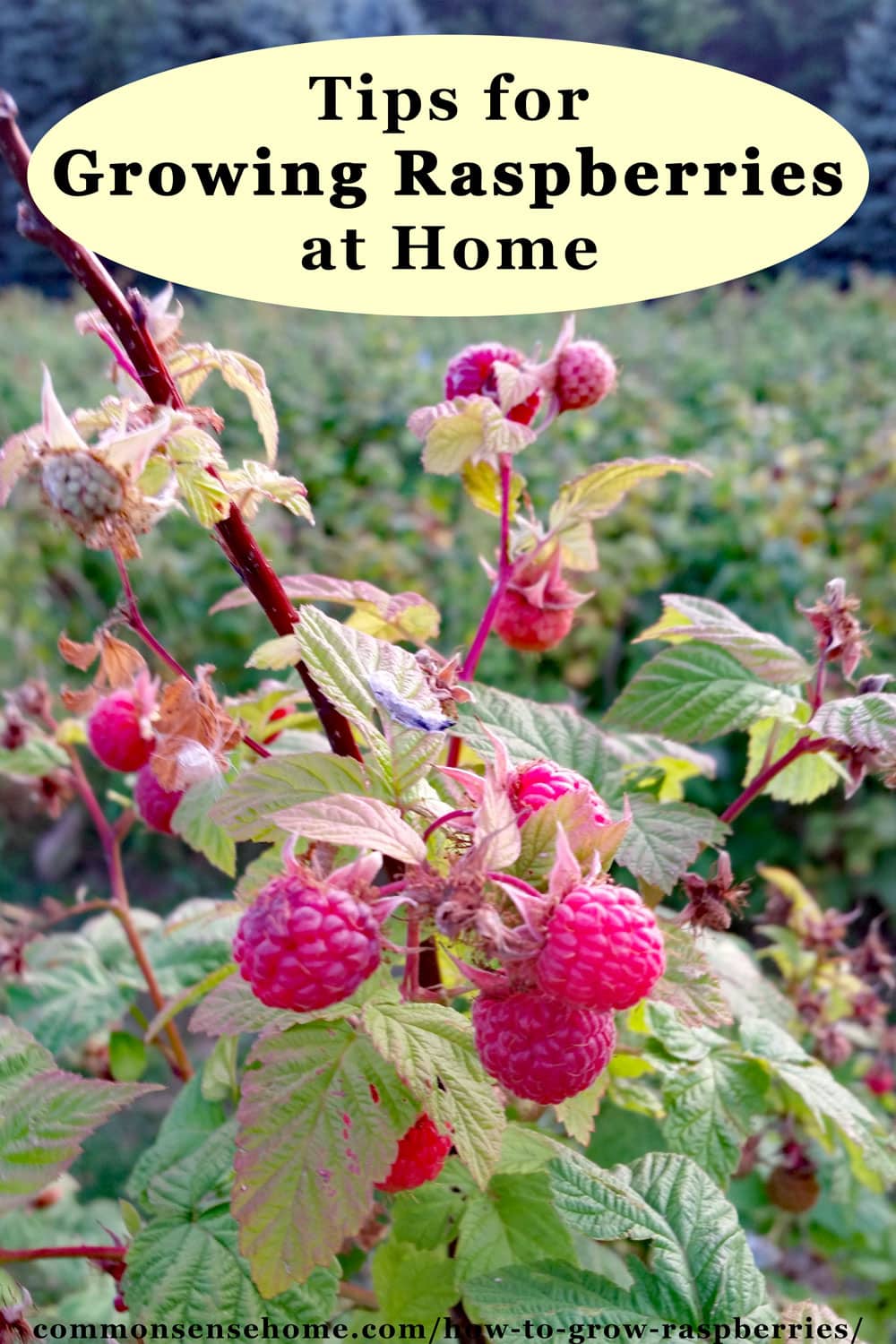Choosing the Perfect Spot for Your Raspberry Patch
When it comes to planting raspberries, selecting the right location is crucial for optimal growth and productivity. The best place to plant raspberries is in an area that receives full sun to partial shade, with a minimum of six hours of direct sunlight per day. Raspberries also require well-draining soil with a pH between 5.5 and 6.5, making it essential to test the soil pH before planting. Additionally, the area should have good air circulation to prevent disease and promote healthy growth.
In terms of soil quality, raspberries prefer a rich, fertile soil with a mix of organic matter such as compost or manure. Avoid planting in low-lying areas where water may collect, as this can lead to root rot and other problems. Instead, opt for a spot with a slight slope or elevation to ensure good drainage. By choosing the right location and preparing the soil accordingly, you’ll be well on your way to growing a thriving and productive raspberry patch.
It’s also important to consider the proximity of your raspberry patch to other plants and structures. Raspberries are a great addition to a permaculture garden, and can be planted alongside other fruits, vegetables, and flowers. However, they do require a certain amount of space to grow, so be sure to leave enough room between plants for proper air circulation and access. With a little planning and preparation, you can create a thriving raspberry patch that will provide you with delicious fruit for years to come.
How to Prepare Your Soil for Raspberry Planting
Preparing the soil for raspberry planting is a crucial step in ensuring the health and productivity of the plants. Before planting, it’s essential to test the soil pH to determine if it’s within the optimal range for raspberries. Raspberries prefer a slightly acidic to neutral soil pH, ranging from 5.5 to 6.5. If the soil pH is too high or too low, it can affect the availability of essential nutrients for the plants.
To prepare the soil, start by removing any weeds and debris from the area. This will help prevent competition for water and nutrients, and reduce the risk of disease and pests. Next, add a 2-inch layer of organic matter such as compost or well-rotted manure to the soil. This will help improve the soil’s structure, fertility, and overall health.
In addition to adding organic matter, it’s also important to ensure the soil has good drainage. Raspberries don’t like wet feet, so make sure the soil isn’t prone to waterlogging. If necessary, consider raising the bed or adding a drainage system to prevent water from accumulating in the soil.
Finally, consider adding a balanced fertilizer to the soil to provide essential nutrients for the plants. A fertilizer with a balanced N-P-K ratio (such as 10-10-10) will provide the necessary nutrients for healthy plant growth. Follow the manufacturer’s instructions for application rates and timing to ensure the best results.
Understanding Raspberry Planting Zones and Climate Considerations
Raspberry cultivation is influenced by climate and region, making it essential to choose a variety that is suitable for your specific area. Planting zones, also known as hardiness zones, are a way to determine which plants can thrive in a particular region based on temperature and climate conditions. Raspberries are typically hardy in zones 3-9, but some varieties can tolerate warmer or cooler temperatures.
When selecting a raspberry variety, consider the average temperature and precipitation patterns in your area. In cooler climates, choose varieties that are resistant to cold temperatures and have a shorter maturation period. In warmer climates, select varieties that are heat-tolerant and have a longer maturation period.
It’s also important to consider the chill hour requirements of your raspberry variety. Chill hours refer to the amount of time a plant needs to spend in temperatures between 32°F and 45°F to break dormancy and produce fruit. Raspberries typically require between 500 and 1,000 chill hours, depending on the variety.
By choosing a raspberry variety that is well-suited to your climate and region, you can ensure a healthy and productive plant that will thrive in its environment. Be sure to check the specific growing conditions and requirements for your chosen variety to ensure the best results.
The Benefits of Planting Raspberries in a Raised Bed
Planting raspberries in a raised bed can offer several benefits for gardeners. One of the main advantages is improved drainage, which is essential for healthy raspberry growth. Raised beds allow excess water to drain away from the roots, reducing the risk of waterlogged soil and root rot.
Raised beds also provide warmer soil temperatures, which can promote healthy growth and fruiting. Raspberries prefer soil temperatures between 60°F and 70°F, and raised beds can help to achieve these temperatures by allowing the soil to warm up faster in the spring.
Another benefit of raised beds is reduced soil compaction. When soil is compacted, it can prevent roots from growing and reduce soil aeration. Raised beds eliminate the need for tilling and other soil compaction methods, allowing the soil to remain loose and well-aerated.
To build a raised bed for raspberries, start by selecting a location that receives full sun to partial shade. Choose a spot with good drainage and a level surface. Next, mark out the bed area with a rope or hose, and dig a shallow trench around the perimeter. Fill the trench with a mixture of topsoil, compost, and perlite or vermiculite, and rake the surface to create a smooth, even surface.
Finally, plant your raspberries in the raised bed, spacing them 2-3 feet apart. Water well and provide regular maintenance, including fertilization and pruning, to ensure a healthy and productive crop.
Considering Companion Planting for Raspberries
Companion planting is the practice of growing different plants together to improve their growth, health, and productivity. When it comes to raspberries, companion planting can be a valuable technique for maximizing yields and reducing pests and diseases.
Some of the best companion plants for raspberries include flowers like marigolds, nasturtiums, and calendulas, which repel nematodes and other pests that can harm raspberries. Herbs like mint, basil, and lemongrass can also be beneficial, as they repel pests and improve soil health.
Vegetables like garlic, onions, and chives can also be planted alongside raspberries to improve their growth and health. These plants have natural antibacterial and antifungal properties that can help prevent diseases in raspberries.
When selecting companion plants for raspberries, consider the mature size of the plants and their growing requirements. Make sure to choose plants that have similar growing conditions and space requirements to ensure a harmonious and productive growing environment.
Some examples of beneficial companion planting combinations for raspberries include:
- Planting marigolds and nasturtiums around the perimeter of the raspberry patch to repel nematodes and other pests.
- Interplanting garlic and onions among the raspberry canes to improve soil health and prevent diseases.
- Planting lemongrass and mint near the raspberry patch to repel pests and improve air circulation.
By incorporating companion planting into your raspberry growing strategy, you can create a more diverse and resilient growing environment that promotes healthy growth and maximizes yields.
Common Mistakes to Avoid When Planting Raspberries
When planting raspberries, there are several common mistakes that gardeners make that can impact the health and productivity of the plants. One of the most common mistakes is planting in low-lying areas where water may collect. Raspberries prefer well-draining soil and can be susceptible to root rot if the soil is too wet.
Another mistake is failing to provide adequate support for the plants. Raspberries are perennials that produce canes that can grow quite tall, and they need support to prevent them from toppling over in the wind. Providing a trellis or stake for the plants to grow on can help keep them upright and promote healthy growth.
Not pruning regularly is also a common mistake that can impact the health and productivity of raspberry plants. Pruning helps to promote healthy growth, encourages fruiting, and removes diseased or damaged canes. It’s essential to prune raspberry plants regularly to ensure they remain healthy and productive.
Other common mistakes to avoid when planting raspberries include:
- Planting too deeply: Raspberries should be planted so that the crown (where the stem meets the roots) is level with the soil surface.
- Not providing enough sunlight: Raspberries need full sun to partial shade to produce well, so make sure to plant them in a location that receives at least 6 hours of direct sunlight per day.
- Not watering regularly: Raspberries need consistent moisture, especially when they’re producing fruit. Make sure to water them regularly, but avoid overwatering, which can lead to root rot.
By avoiding these common mistakes, you can help ensure that your raspberry plants remain healthy and productive, and provide you with a bountiful harvest of delicious fruit.
Maximizing Yield with Proper Raspberry Plant Spacing
Proper plant spacing is crucial for maximizing raspberry yield. Raspberries are typically planted in rows, and the spacing between plants will depend on the variety and growing conditions. In general, summer-bearing raspberries should be spaced 2-3 feet apart, while fall-bearing raspberries can be spaced 1-2 feet apart.
To calculate the optimal spacing for your specific variety, consider the mature size of the plants and the growing conditions. For example, if you’re planting in a warm and dry climate, you may want to space the plants farther apart to allow for better air circulation and reduce the risk of disease.
Here are some general guidelines for raspberry plant spacing:
- Summer-bearing raspberries: 2-3 feet apart
- Fall-bearing raspberries: 1-2 feet apart
- Primocane-fruiting raspberries: 1-2 feet apart
It’s also important to consider the spacing between rows. A general rule of thumb is to space rows 6-8 feet apart to allow for easy access and maintenance.
By providing proper plant spacing, you can help promote healthy growth, reduce disease and pests, and maximize yields. Remember to also consider the specific growing conditions and variety of raspberry you’re planting to ensure the best results.
Tips for Planting Raspberries in Containers
Planting raspberries in containers can be a great way to grow these delicious fruits, especially for those with limited space. However, it requires careful consideration of the container size, soil quality, and watering needs. Here are some tips for planting raspberries in containers:
Choose a container that is at least 12-18 inches deep and has good drainage holes. Raspberries have a deep root system, so they need a container that can accommodate their roots. Also, make sure the container is large enough to hold the mature size of the plant.
Select a variety of raspberry that is compact or dwarf, which is specifically bred for container growing. These varieties are more compact and produce fewer canes, making them ideal for small spaces.
Use a high-quality potting mix that is specifically designed for containers. Avoid using garden soil, as it can compact and prevent proper drainage. Also, make sure the potting mix is rich in organic matter and has a pH between 5.5 and 6.5.
Water the raspberries regularly, but make sure not to overwater. Raspberries need consistent moisture, especially when they’re producing fruit. However, overwatering can lead to root rot and other problems.
Provide the raspberries with full sun to partial shade. Raspberries need at least 6 hours of direct sunlight per day to produce well. Also, make sure the container is in a location that is protected from strong winds and extreme temperatures.
Fertilize the raspberries regularly, using a balanced fertilizer that is specifically designed for containers. Avoid using high-nitrogen fertilizers, as they can promote excessive vegetative growth and reduce fruiting.
Prune the raspberries regularly to promote healthy growth and fruiting. Remove any dead or diseased canes, and cut back the tips of the canes to encourage branching.








